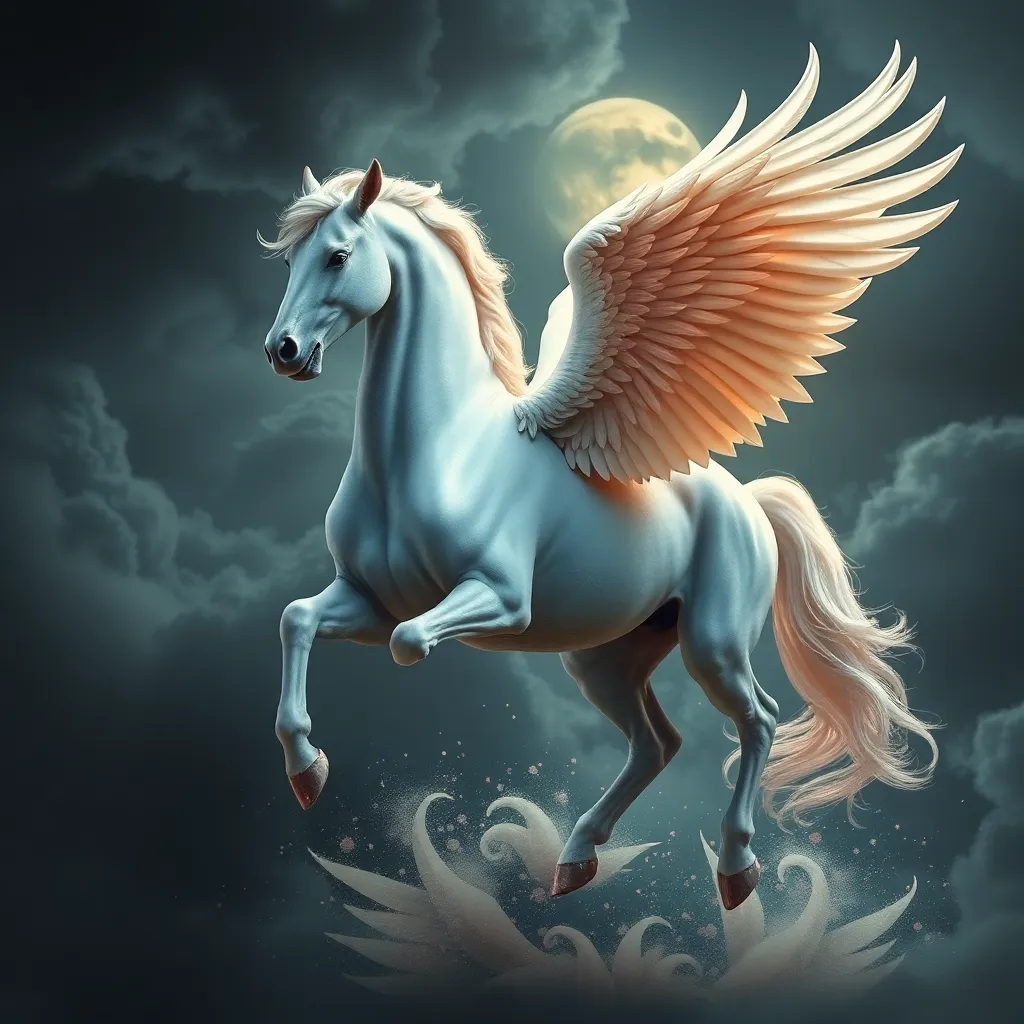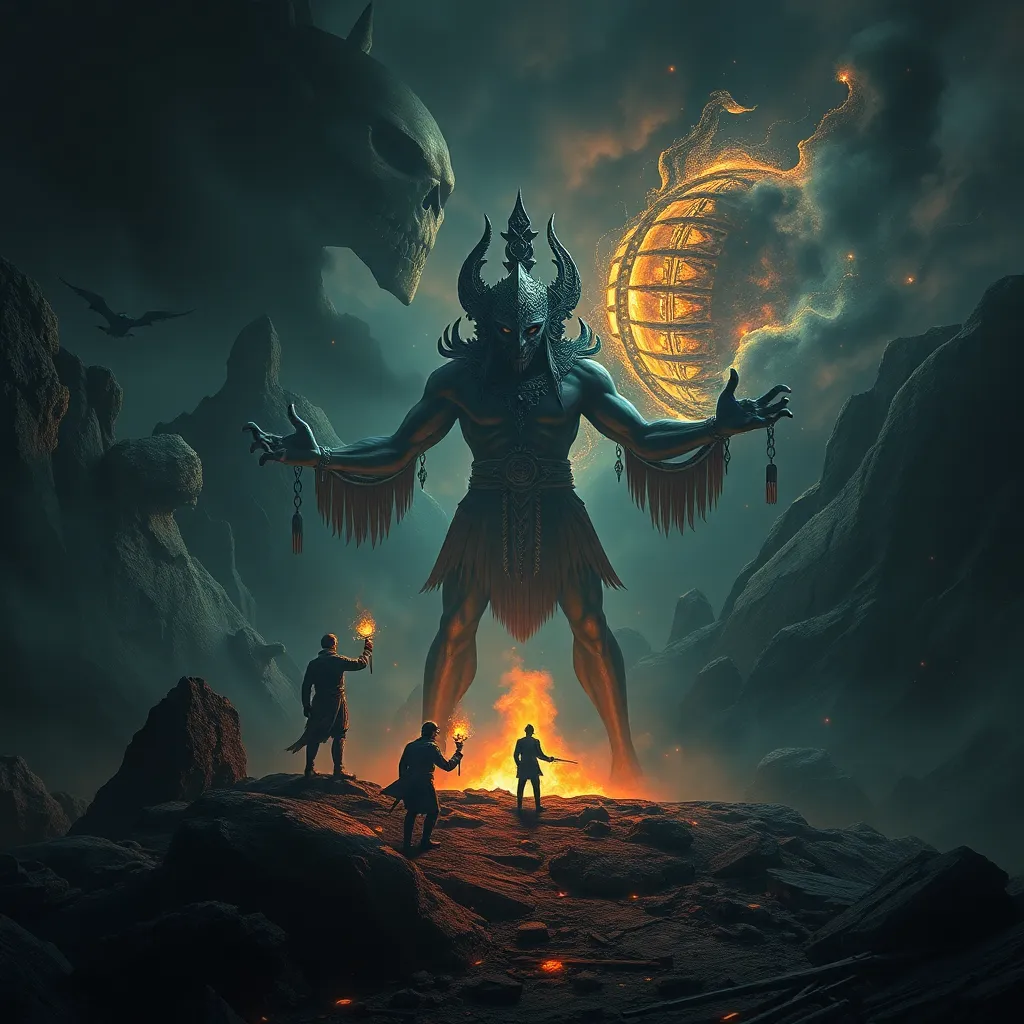The Naga in Folklore: Stories of Serpents in Everyday Life
I. Introduction to Naga Mythology
Nagas are mythological serpent beings found in various cultures across Asia, particularly in Hinduism, Buddhism, and indigenous traditions of Southeast Asia. They are often depicted as half-human, half-serpent figures, embodying the duality of nature and the deep connection between humanity and the natural world. The cultural significance of Nagas is profound, as they symbolize fertility, rain, and water, which are crucial for agriculture and survival.
Across different cultures, Nagas are revered and feared, representing both benevolent and malevolent forces. Their stories often reflect the values, fears, and aspirations of the societies that tell them, highlighting the universal themes of life, death, and the balance of nature.
II. The Origin and Evolution of Naga Legends
The origins of Naga legends can be traced back to ancient texts and scriptures. In Hindu texts like the Vedas and Puranas, Nagas are mentioned as powerful beings associated with water bodies, often residing in the underworld. Similarly, Buddhist scriptures speak of Nagas as protectors of the Buddha and his teachings.
Over time, Naga stories have evolved, adapting to the cultural contexts of different regions. In some traditions, they are depicted as wise protectors, while in others, they are seen as vengeful spirits. This evolution mirrors the changing beliefs and values of societies, showcasing how folklore can transform over centuries.
III. Naga in Southeast Asian Folklore
Southeast Asia is rich in Naga folklore, particularly in countries like Thailand and Cambodia. In Thailand, Nagas are often associated with water and are believed to be guardians of rivers and lakes. The famous Naga tales often revolve around their interactions with humans, highlighting themes of loyalty, betrayal, and divine justice.
- Naga Tales from Thailand: In Thai mythology, the Naga is often depicted as a protector of the Buddha and is associated with the Mekong River. Festivals celebrating Nagas, such as the Naga Fireball Festival, attract thousands of visitors who believe in their mystical powers.
In Cambodia, Nagas are integral to the mythology surrounding the creation of Angkor Wat. They are depicted in the temple carvings, symbolizing strength and protection. The Naga is also associated with the Cambodian royal lineage, embodying the nation’s cultural identity.
IV. Naga in Indian Traditions
In Indian traditions, Nagas are prominently featured in both Hindu and Buddhist texts. In Hinduism, they are considered demigods with powers over water and fertility. The legendary serpent king, Vasuki, is known for playing a crucial role in the churning of the ocean to obtain the nectar of immortality.
- Depictions of Nagas: Nagas are often portrayed in various forms, from celestial beings to earth-dwelling serpents. They are worshipped in many temples across India, where rituals are performed to seek their blessings for health and prosperity.
In Buddhism, Nagas are seen as protectors of the Buddha and his teachings. Their presence in Buddhist stories often emphasizes their role in safeguarding the dharma and aiding in the spiritual journey of practitioners.
V. Naga and Nature: Environmental Connections
Nagas are deeply connected to nature, particularly water and fertility. They are often regarded as guardians of rivers, lakes, and agricultural lands. This connection highlights the essential role of water in sustaining life and the reverence cultures have for natural resources.
- Guardians of Water: Many cultures believe that harming a Naga or its habitat can lead to droughts or floods, reflecting the delicate balance between humanity and nature.
- Folklore and Natural Disasters: In various tales, Nagas are invoked in times of natural disasters, symbolizing the community’s reliance on these mythical beings for protection and grace.
VI. Naga in Contemporary Culture
In contemporary culture, Nagas continue to inspire artists, writers, and filmmakers. Modern interpretations often explore the themes of identity, transformation, and environmentalism through the lens of Naga folklore.
- Literature: Authors have woven Naga stories into novels that explore the intersections of myth and modern life, bringing ancient tales to new audiences.
- Film and Art: Filmmakers and artists are increasingly drawing upon Naga symbolism to address contemporary issues, such as climate change and cultural preservation.
VII. Personal Stories and Experiences with Nagas
Many individuals share personal anecdotes influenced by Naga folklore. These stories often reflect a deep cultural heritage and a connection to the land, water, and community.
- Anecdotes: From tales of family rituals to encounters with Naga-like beings, these experiences illustrate how Naga stories shape personal beliefs and practices.
- Impact on Everyday Life: For many, Naga stories are not just myths but integral parts of their cultural identity, influencing their understanding of nature and spirituality.
VIII. Conclusion: The Enduring Legacy of Naga Folklore
The legacy of Naga folklore endures in today’s society, reflecting the timeless themes of connection to nature, the duality of existence, and the importance of cultural identity. As globalization continues to influence cultural narratives, the stories of Nagas remind us of the rich tapestry of human experience and the universal quest for understanding our place in the world.
In a rapidly changing world, the future of Naga folklore is poised to evolve further, merging traditional beliefs with modern interpretations, ensuring that these ancient stories continue to resonate with generations to come.



